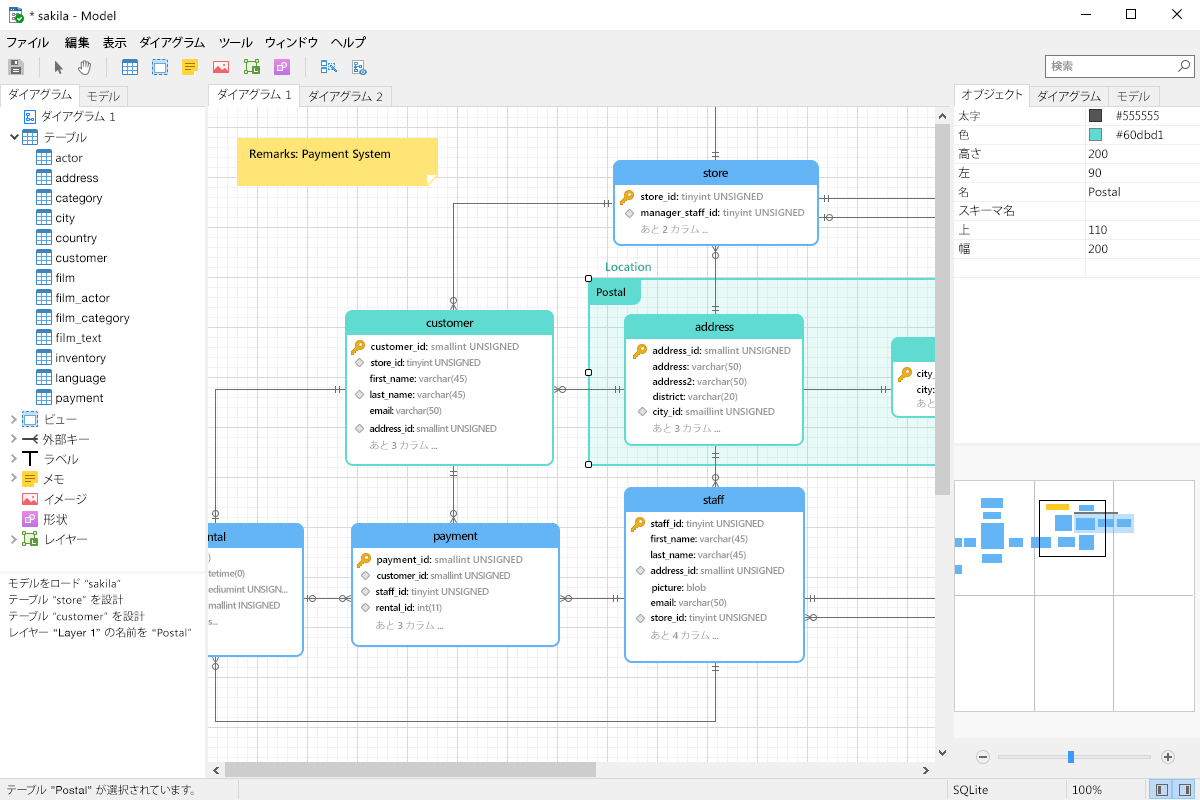

The AFTER event is only triggered after the migration file has been applied or the BEFORE event set a truish result. The BEFORE event can optionally change the file attribute of the data to load a different file. When the result is false, the migration process is aborted. When an event prevents the default, the proper $event→result has to be set! When the result is true, the dbversion is increased and any additional migrations are run. The default action is to apply that file and increase the dbversion field in the opts table. users: sqlite3.tablepresent: - db: /var/www/data/app.sqlite - schema. The BEFORE event is executed before the migration file is applied. The sqlite3 module is used to create and manage sqlite3 databases and execute. Public function handle_migrations (Doku_Event $event, $param ) You can verify the name of the database being upgraded like that:
Sqlite schema update#
sql, // the associated update file 'sqlite' => $this // the initialized sqlite plugin instance for this database ) $data = array ( 'from' => 5, // previous version 'to' => 6, // version this migration migrates to 'file' => /some /path /to /plugin /db /update0006. Also check that you are only handling your own database upgrade. This makes it possible to do more complex migrations that require more than just SQL. This event is triggered when any new migration (see above) is applied. You may not have a table named like that! The sqlite plugin keeps track of the version a database is in currently using a table called opts.
Sqlite schema install#
If an update fails, the transaction is rolled back and the update is aborted. Create TypeScript project and set up Prisma As a first step, create a project directory and navigate into it: mkdir hello-prisma cd hello-prisma Next, initialize a TypeScript project using npm: npm init -y npm install typescript ts-node types/node -save-dev This creates a package.json with an initial setup for your TypeScript app.

The update mechanism will wrap the execution of each update in a transaction, you need not to do that yourself. The update files it self have to be named updateXXXX.sql where XXXX is a zero-padded 4 digit number, starting with 0001.

The number of the most recent version has to be stored in a file called latest.version. Each subsequent version is then applied above the previous version. Version 1 is the very first setup that is done when the database is created. Each file correspondents to a certain database version. The second parameter has to point to a directory where your SQL files are located. This is all handled within the init() function. The sqlite plugin provides a simple mechanism to do so. When you release new versions of your plugin you might need to update the schema. Your plugin will need to create a database schema and maybe fill it with some initial data. Abstract: Files in the backup of iOS devices can be a potential source. format ( verbosity_level )) print ( extractor. Analysis of iOS SQLite Schema Evolution for Updating Forensic Data Extraction Tools.

SQLiteSchemaExtractor ( sqlite_db_path ) print ( "- dump all of the table schemas with a dictionary - \n -".
Sqlite schema code#
Sudo apt install python3-sqliteschema Usageįull example can be found at examples/get_table_schema.py Extract SQLite Schemas as dict Sample Code : import json import sqliteschema extractor = sqliteschema. Get all available tables from your current Home Assistant database. Pip install sqliteschema # to use logging Install from PPA (for Ubuntu) sudo add-apt-repository ppa:thombashi/ppa The default database used is SQLite and the database file is stored in your. Installation Install from PyPI pip install sqliteschema Install optional dependencies pip install sqliteschema # to use dumps method Sqliteschema is a Python library to dump table schema of a SQLite database file.


 0 kommentar(er)
0 kommentar(er)
